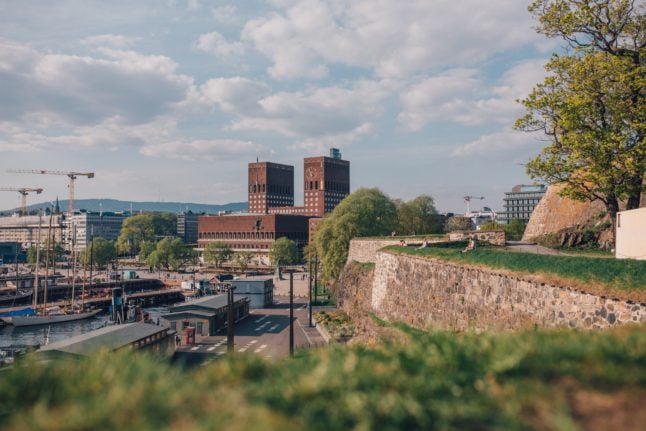For the January-March period, Skanska doubled its group net profit to 264 million kronor ($38.3 million) from 132 million a year earlier.
The result however fell far short of the 393 million kronor analysts polled by the Dow Jones Newswires had expected to see.
Skanska’s sales meanwhile jumped 19 percent to 27.2 billion kronor from 25.9 billion in the year-ago period, while the Swedish company said its order bookings had jumped 16 percent year-on-year to 25.1 billion.
Its order backlog meanwhile grew 10 percent to 152.9 billion kronor.
“This meant that order backlog on March 31 represented 16 months of construction,” Skanska chief executive Johan Karlström pointed out in the earnings report.
However, the company acknowledged it was disappointed by its performance in the residential sector, where it doubled its operating losses to 48 million kronor, even though sales in the sector grew 22 percent to 1.2 billion.
“First of all, the performance in our Residential Development business is clearly unacceptable,” Karlström said, pointing out that “the result was significantly lower than last year, primarily due to negative earnings in the Swedish residential operations.”
Going forward, the Skanska chief stressed that “the market outlook for our US operations is expected to develop favourably and the Nordic market as a whole is stable.”
“The market outlook for our other European countries is weaker,” he acknowledged.
Following the news, the company saw its share price fall 5.22 percent in late afternoon trading on a Stockholm stock exchange up 0.84 percent.
AFP/The Local


 Please whitelist us to continue reading.
Please whitelist us to continue reading.
Member comments